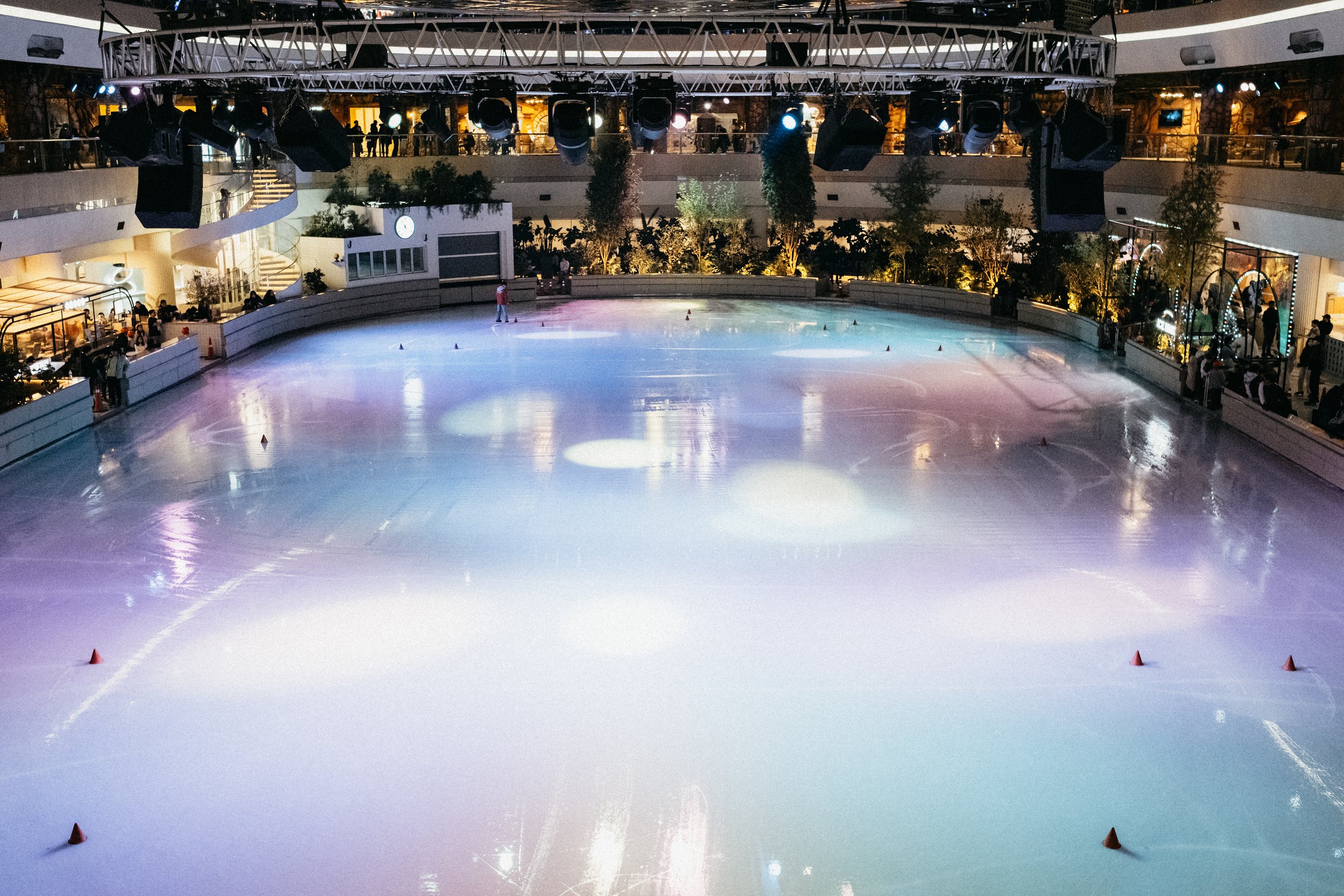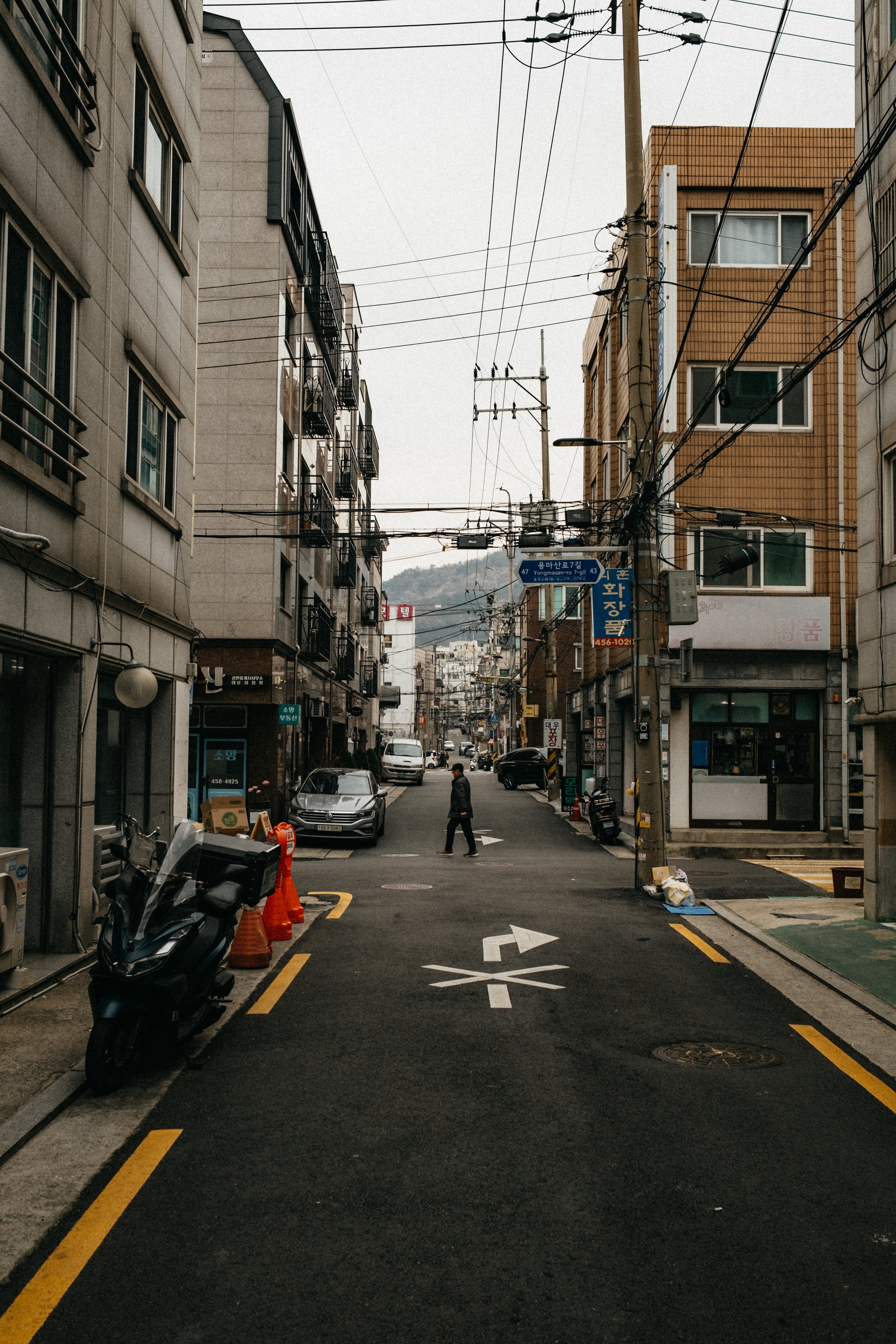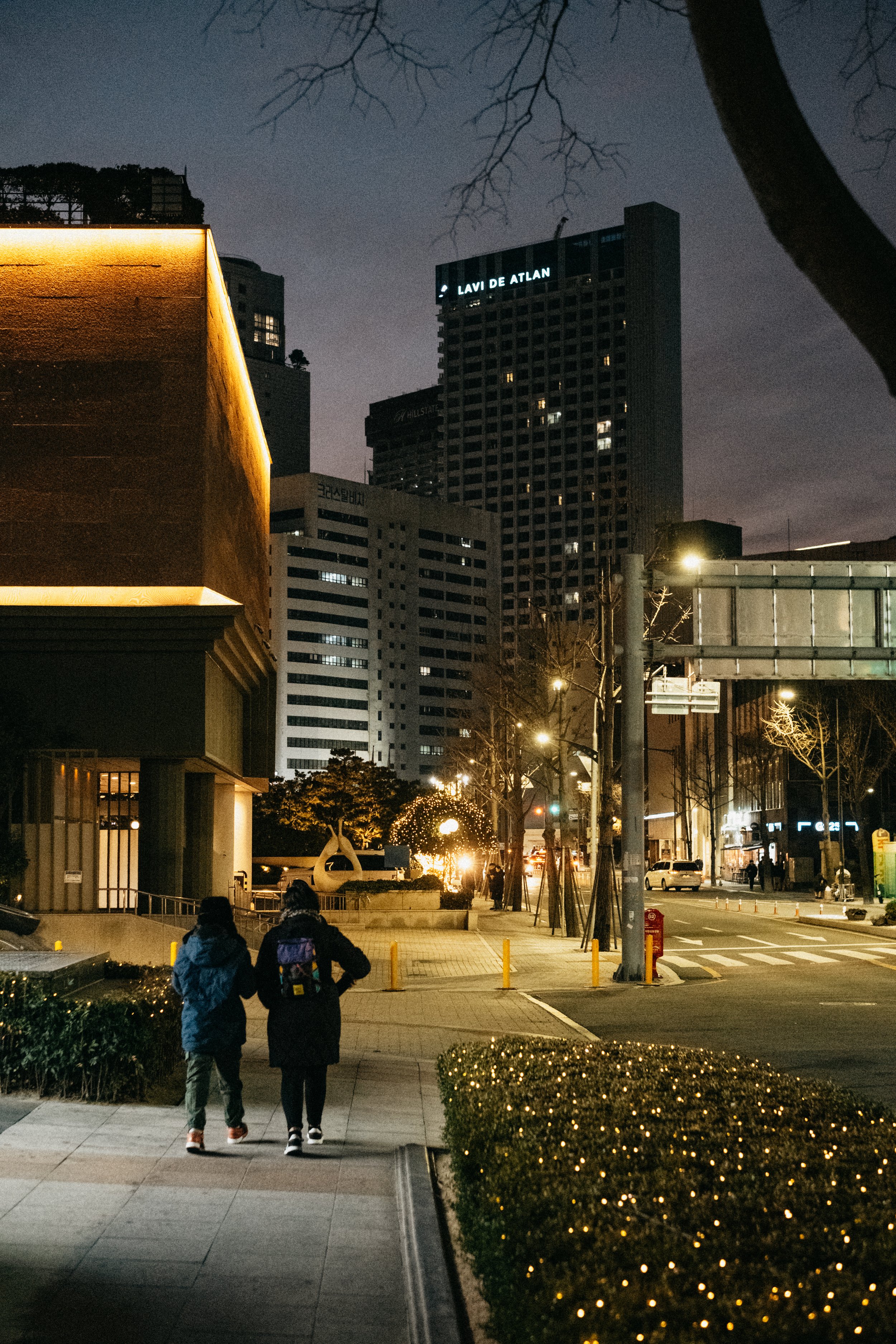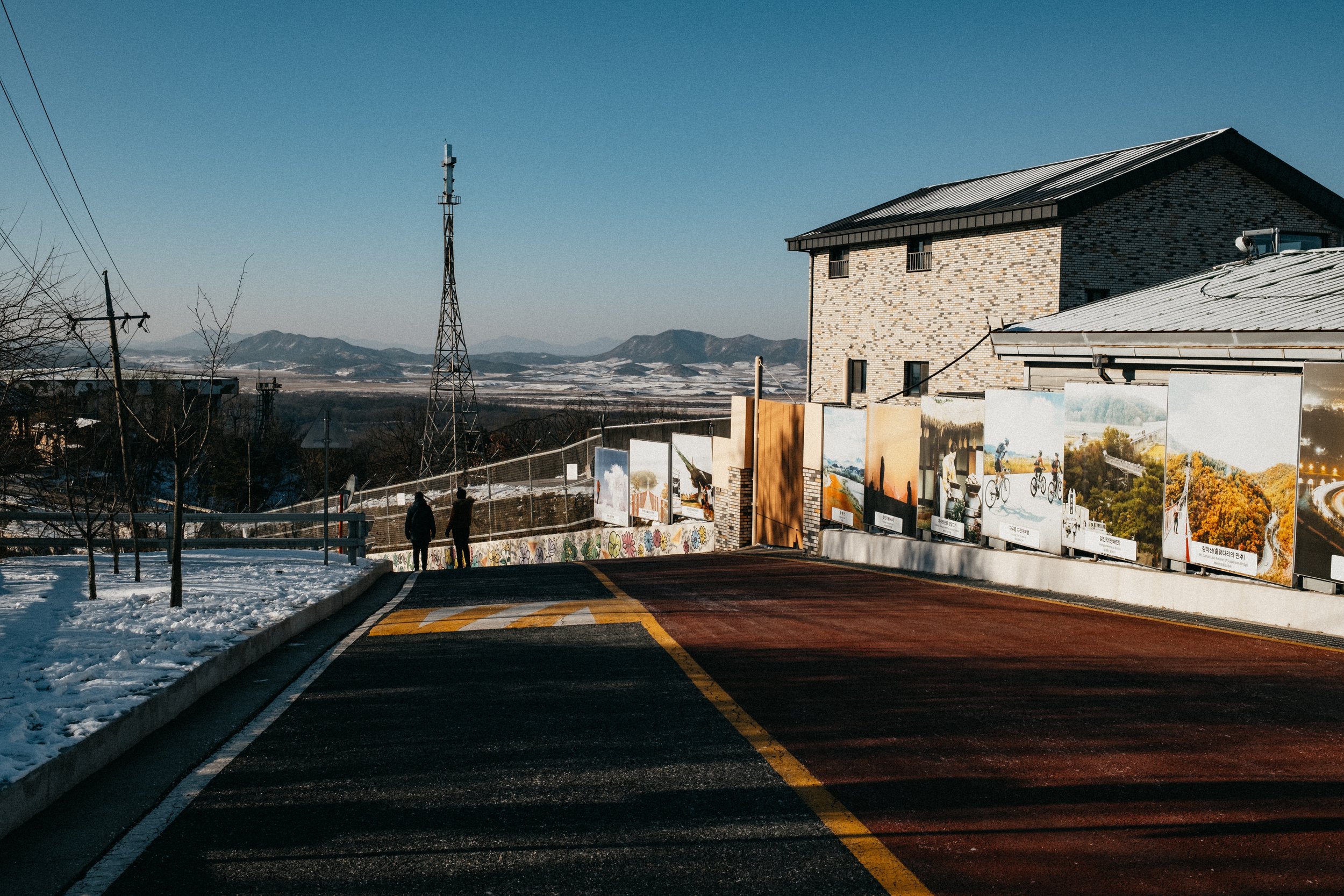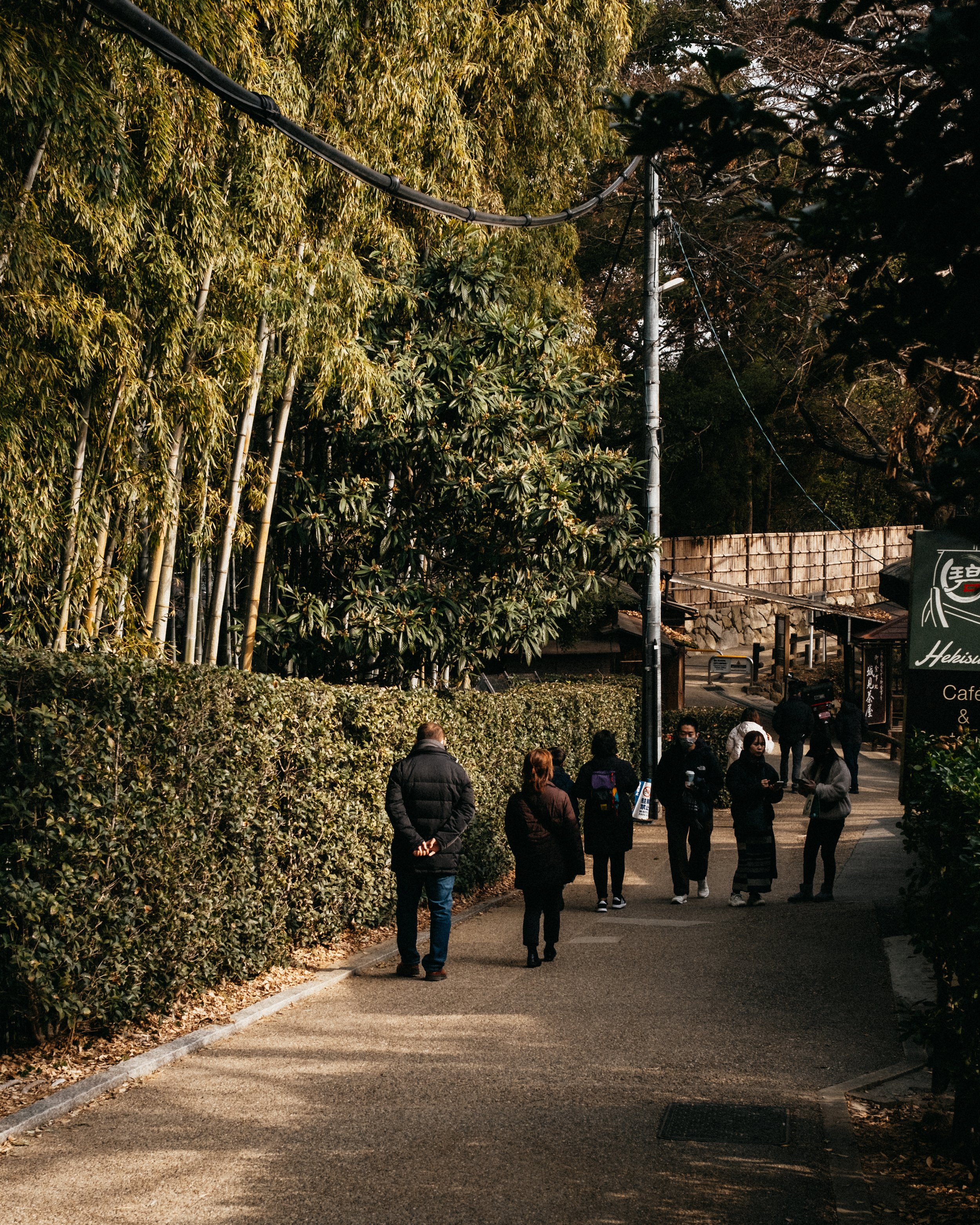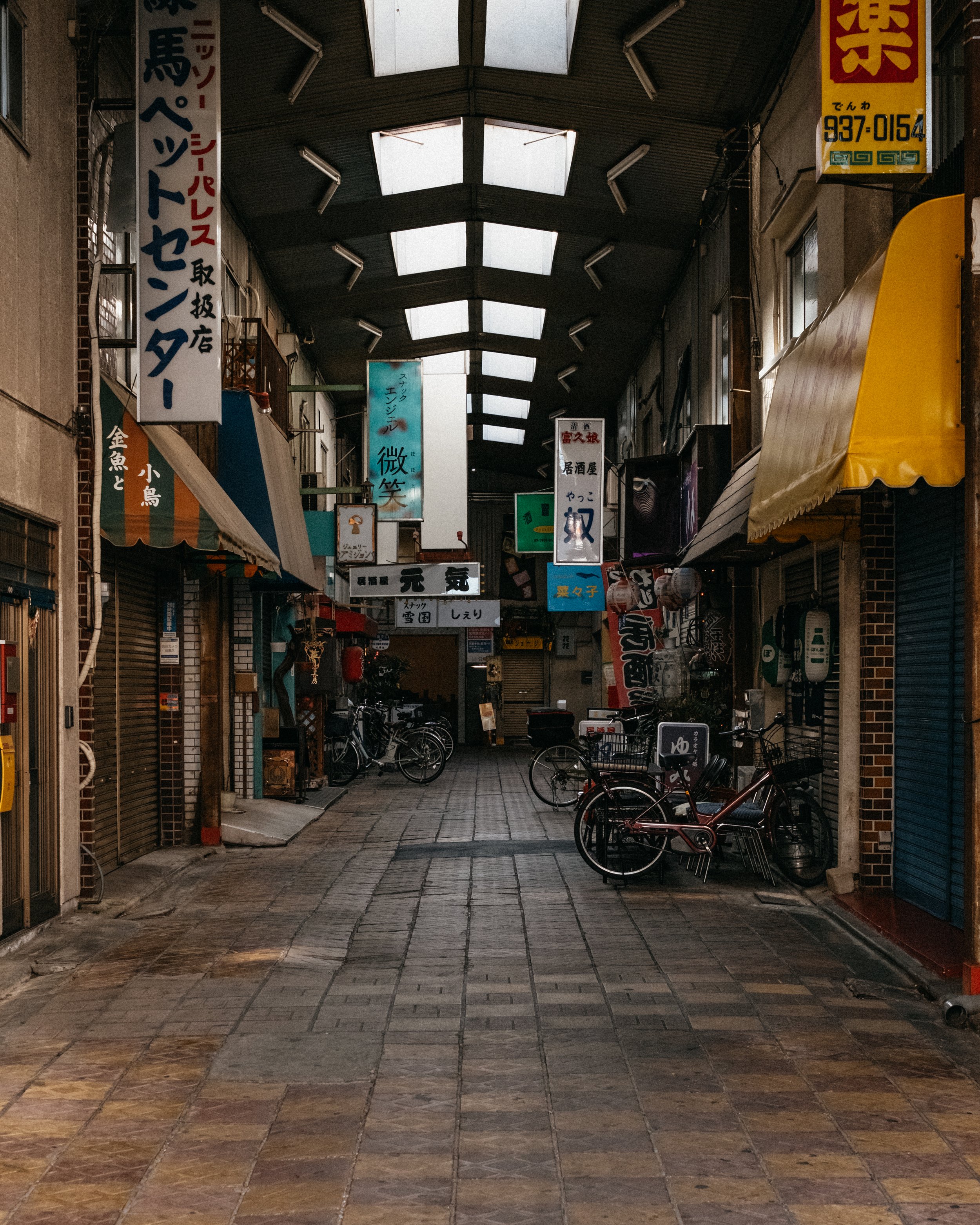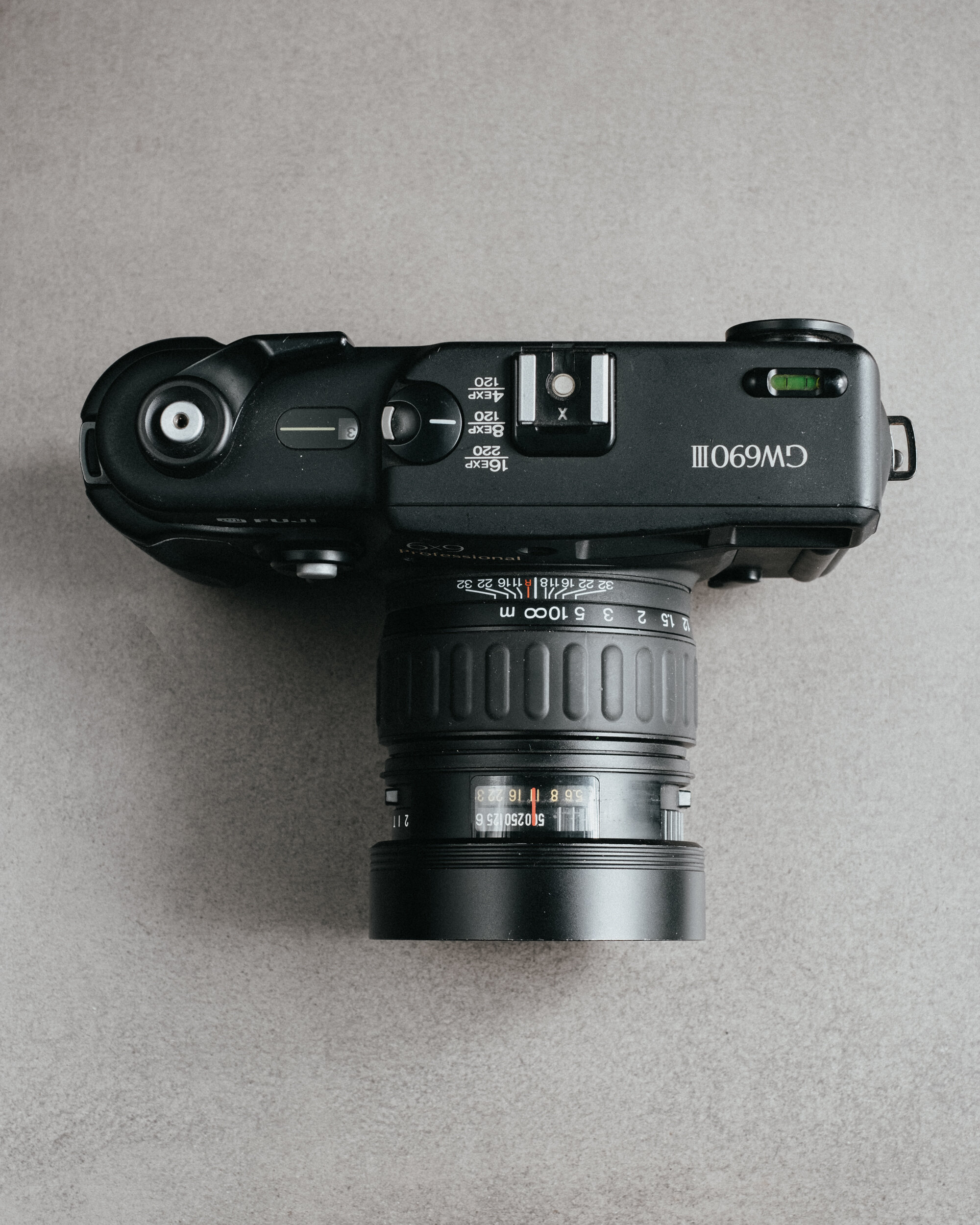South Korea & Japan Holiday
Overdue family holiday to one of our favourites destinations and a new one we can tick off our list.

Had been a while since we took a family holiday which always means there is one brewing. This time round we decided to check out South Korea and while we are so close to Japan lets go there after that.
Like most of our family holidays it usually revolves around the Australian school holidays and this trip was no exception with us heading to South Korea first on the 19th of December, thats right it was going to be cold!
You might be asking why South Korea (Japan is obvious if you look at any of my old blog posts or pictures), well it simply comes down to the fact that my wife has been watching various Korean dramas on Netflix over the last year. It started with wanting to eat Korean food regularly and then it was just mentions of it here and there where she would say stuff like “We should go on a trip to South Korea”. Based on the fact that we wanted to also swing by Japan meant that we needed more time on the trip and the Christmas break would be the only time that would facilitate it without having my youngest miss school. This meant that we would be going to South Korea & Japan in the winter, not full blown winter but still winter.
We have done Japan around December/January before and it was cold, but i dont think we knew what we were getting ourselves into with South Korea.
For the rare photo that im in the picture my 11yr old Lucas took those shots which turned out well, i also threw some phone snaps in there.
The Gear
We need to talk about the gear, still love geeking out about specs and nerdy tech things so have to cover what i brought with me on the trip. On this trip i didnt want to take all of my Fuji lenses with me so i left one behind (thats a first for me). Here is what i brought:
Body
Fujifilm X-Pro3
Lenses
Fujinon 16mm f1.4
Fujinon 23mm f1.4
Fujinon 35mm f1.4
I found i gravitated to the 23mm (35mm full frame equivilant) a little more although not much more than the 35mm (50mm full frame equivilant) which was 30 frames behind in my selection list. I do love the 35mm Fuji lens as its probably the sharpest Fuji lens i own, plus it was the only lens i had when i first moved to the Fuji ecosystem so ive come to know it alot better than any of the other lenses. The 23mm has only been a somewhat recent purchase so i havent properly found my way around it, but in saying that i think the 23mm (35mm full frame equivalent) is by far the best lens to take on holidays and i do think i could get away with only using that lens. That would also save a lot of lens anxiety knowing what lens to put on the camera, if you only have one then the choice is easy. The 16mm didnt get much action, mainly used for shots that needed it, tight spaces that needed to capture a wider view.
Along with the digital gear i also took my Contax S2b with the Carl Zeiss Distagon 35mm f2.8, i absolutely love this combination and forgot how much i love shooting with that camera/lens combination. Ive had a roll of Kodak Portra 400 laying around for who knows how long so thought id throw it in and try and capture some moments along the trip.
South Korea
South Korea was as mentioned our first destination, things didnt start of well with my wife not getting on the flight (the downfall of flying standby) and only Lucas and I getting on the flight to South Korea. Sadly due to the fact that my wife didnt get on the flight they decided to take all the bags off the plane when she was pulled off so both Lucas and I arrived in Seoul with nothing but the clothes on our backs and some backpacks with his Nintendo Switch, books etc and my camera gear and laptop. This wouldnt have been a problem if the temperature wasnt -5 degrees celcius when we arrived at 930pm that evening and all we were wearing was jeans and a t-shirt!
Thankfully our Airbnb host was very accomodating and organised for a taxi to be waiting at the bus stop we got off which was a good 12 minute walk otherwise, all was well once we made it to the apartment. We got our bags 2 days later on the same day my wife ended up arriving.
The rest of the trip was exploring Seoul which included some of the main attractions, a DMZ tour and then we finished off with a short time in Busan. Enough of the text here are some of the images from our time in South Korea.
Thought id add some of my favourites shots from South Korea into a larger viewing platform.
Japan
Being that this was our 2nd family trip, my wifes 4th and my 5th visit to Japan meant that it would probably be best if we tried to explore places that we hadnt yet seen. The fact that we were ending our South Korea trip in Busan meant that we could have a short flight to the South of Japan, with this in mind we decided to start our Japan part of the holiday in Fukuoka the southern most city in Japan and then make our way to Tokyo where we would ultimately fly back to Sydney from.
So we started in Fukuoka but we stayed in Kumamoto, we then made our way up to Okayam, stayed in the Mt Fuji region and finished off in Nerima City in Tokyo. Here are some of the images from our time in Japan.
Much like the South Korea images, thought id add some of my favourites shots from Japan into a larger viewing platform.
Film Images
This roll of Kodak Portra 400 ive had has been sitting there for at least 2 years from what i can remember, it hasnt been refrigerated or kept in a cool place for its life so i think thats the reason of the over grainyness i got from it. I shot it at 320 ISO which is what i usually do for a roll of 400 speed film but potentially needed to go more due to how its been stored all these years and might have lost more of its sensitivity compared to a fresh roll. Oh well i still like the results of some of the shots, these are my faves, the rest arent really worth sharing as they didnt turn out the best. 18 out of 36 shots isnt a bad ratio, probably could have added some more but left them out.
Conclusion
By far my favourite place on this trip was our time in the Mt Fuji region, the fact that we had a car and could explore where ever we wanted to was refreshing compared to the rest of the trip. Plus Mt Fuji is just so mesmorising. South Korea was very similar in ways to Japan but way way colder. There was lots we didnt get to do in South Korea which was our own fault as we were poorly organised but it just means we have the opportunity to go back and see more things. As for Japan, we saw a different side of it as the places we went to didnt have many other tourists besides ourselves (Mt Fuji and Tokyo obvsiouly being the exception), we experienced a lot of what was just local life with a lady even asking us why we were in Kumamto as its a smaller town that not many foreigners visit. Japan has always given me great experiences even on the 5th visit.
Overall it was a trip we all had fun on, explored new places, ate new foods, made lots of good memories. The only downfall was that our eldest son couldnt make the trip.
Until the next one.
Thats for visiting.
The Medium Format Family Grows
A quick review and thoughts of the Fuji GW690 III. As well as some of my favourite images made with it.

As mentioned in another blog entry “The World of Medium Format Film”, i managed to get into the medium format world through the Yashica Mat TLR that i found while thrift shopping at my local Salvation Army. This really got me wanting to get an SLR/Rangefinder style medium format camera that would make life easier to shoot with.
You would have seen in other posts about me mentioning the camera i ended up getting, i opted for the Fuji GW690III. I’ve had the Fuji since the 30th of June 2019, reason I’ve decided to finally write a post about it is because I’ve been making an effort to shoot it more. I came across this Youtuber Russell Rabanal who has a bunch of videos with the Fuji GW690III, he’s just so enthusiastic about the camera and how good it is. I have been close to selling this camera recently but he really lit the fire under the Fuji and sparked that interest in me wanting to shoot with it again.
History / Info
The Fuji GW690III was released in 1992 targeting the landscape photographer, i also read that it was marketed at school photographers due to the larger negative producing higher quality images giving more definition to people in larger group shots. If you’ve come across this camera before you have probably heard the nickname its been given, Texas Leica. Everything’s bigger in Texas (so I’m told), it’s basically a big Leica M6, the 6x9 negative is essentially a larger version of the 35mm negative which makes it easy to adapt to the format.
The Specifications
Image Size: 6x9 negatives on 120 (8 exposures), 220 (16 exposures)
Shutter Speeds: 1s – 1/500s plus T-mode. full-stop increments
Aperture: f/3,5 – f/32 half stop increments
Lens: Fixed Lens EBC Fujinon 90mm, F/3.5 (equivalent to 39~41mm on a 35mm camera) , Leaf shutter.
Dimensions: H 119 mm x W 201 mm x D 132 mm
Weight: 1510g
About the Camera
There isn’t much to the camera, the shutter and aperture dials are on the lens itself which also has a built in hood. Of course the focus ring is also on the lens, but besides that there is a spirit level on the top plate, a dial to choose between 120 or 220 film, 2 shutter release buttons (front one has a lock), a shot counter and a hot shoe mount. What makes it so simple is the fact that it’s completely mechanical, no electronics or light meter. This is good and bad, good in that you’re not dependant on old electronics or batteries but bad in that you need to carry a light meter around with you (be it your phone or actual light meter).
The Body
The body is plastic which was probably done to reduce the weight of the camera, otherwise it would have weighed at least 5kgs or more if it was a metal body and panels. Even though its plastic it does still feel solid in the hand, although if your into that super high quality sounding/feeling stuff like Leica etc then the sound of the shutter release, winding the film and opening/closing the back door wont appeal to you :-D.
The Good
The main reasons you buy this camera are for the insanely large format of the negatives it produces and the sharpness of the lens. To put the negative size into perspective its 5 times larger than 35mm size negatives. This is as close as you will come to large format film photography before having to buy a large format camera. The sharpness of the lens even at f3.5 is pretty amazing, I’m yet to use this camera on a tripod to take landscape/cityscape type images but even hand held is amazing.
Why I Chose it
The reason i ended up going for this camera over so many others, was purely due to cost. I would have loved an inter-changeable lens medium format camera like a Mamiya 6/7, or Pentax 67 but the cost of a decent one with a 35mm equivalent focal length lens was way out of my price range. I managed to get my one in mint condition for $750AUD, for what you get for that price i think is pretty amazing. It was hard to find something else similarly spec’d in the same price range.
Cons
There are a few, i wish it had interchangeable lenses. Would be nice to have wider and tighter focal length lenses to switch out. The lack of an internal light meter, having to take out my phone or use another light meter can be a pain at times although it does slow you down which is a good idea when you only get 8 shots from a 120 roll of film (cost per shot shoots up). Lastly my only other issue with the camera is its size, to be honest its the only reason why i hesitate to take it out as often as id like to otherwise i would shoot with it a lot more. I understand why its as big as it is, if it wasn’t it wouldn’t be taking 6x9 sized negatives.
If you like the 39~41mm focal length (35mm equivalent), don’t mind a large camera, want a seriously sharp lens and are looking for large high resolution negatives, the Fuji GW690III is for you.
Enough with the words, here are some of my favourites I’ve taken with it so far.
Bali and the Fuji GW690III
Getting some use out of the Fuji GW690 III, forcing myself to use this amazing camera that tends to sit on my shelf while in Bail.

I purchased my Fuji GW690III on the 22nd of June 2019, and since then i would have shot around 18 or so rolls. The rolls i have shot have been great, super impressed with the camera and the lens which is the 90mm f3.5 which is roughly around a 38mm in 35mm format.
I think the cost of the 120mm film and the developing of it has maybe stopped me from shooting it as much as i have 35mm film for example. I want to make more of an effort in 2020 to shoot it more. With that said at the start of 2020 we had a family holiday to Bali, something close and cheap so i decided to take my Fujifilm X-T2 and the Fuji GW690III. On this trip i also decided to try some Fujifilm Pro 400H for the first time and also took some trusty Kodak Tri-X 400, Portra 400 & 800.
Recently been liking the Fuji stock and will probably continue with it for a little longer. Here are some of the photos from the Bali trip earlier in January 2020.
Fuji GW690II + Kodak Tri-X 400
Definitely my favourite black and white film on both 35mm and 120mm film. I like the extra contrast you get from it over Tmax. Will continue to be my black and white film for a while.
Fuji GW690III - Fujifilm Pro 400H
I really like the colours of Fujfilm stocks at the moment, the blue’s and greens are really calling me. Really like this film and will be shooting some more with it to try and get some more consistent results.
Fuji GW690III - Kodak Portra 800
There arent many 800 speed 120mm film stocks to choose from, there is Cinestill but thats super hard to get your hands (yet to try), Portra 800 makes up 5 of the 18 rolls ive shot on the Fuji, and really like the results.


























































